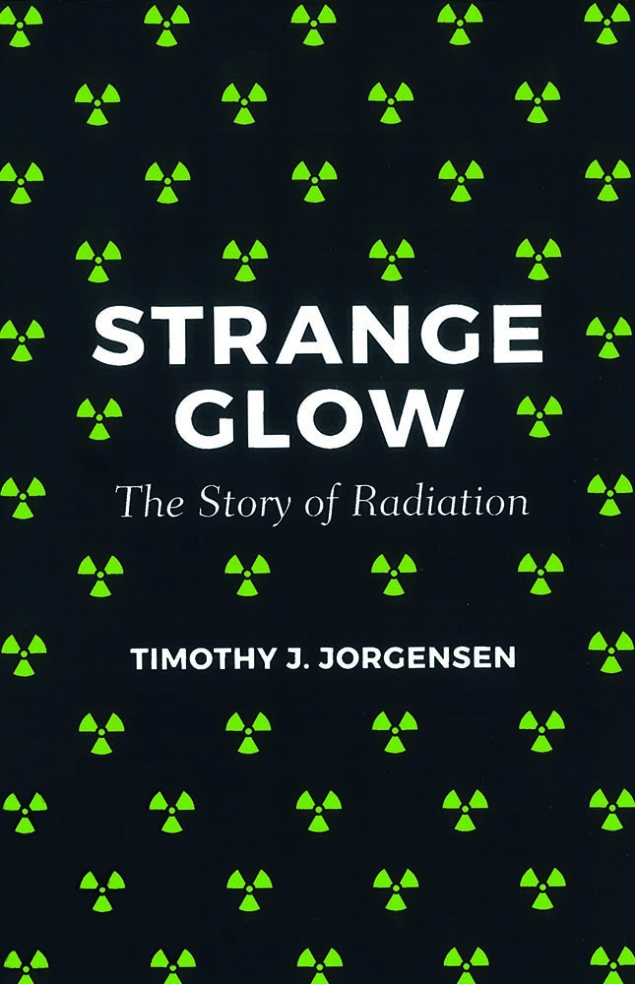By Timothy J Jorgensen
Princeton University Press

In this book, Timothy Jorgensen, a professor of radiation medicine at Georgetown University in the US, recounts the story of the discovery of radioactivity and how mankind has been transformed by it, with the aim of sweeping away some of the mystery and misunderstanding that surrounds radiation.
The book is structured in three parts. The first is devoted to the discovery of ionising radiation in the late 19th century and its rapid application, notably in the field of medical imaging. The author establishes a vivid parallel with the discovery and exploitation of radio waves, a non-ionising counterpart of higher energy X rays. A dynamic narrative, peppered with personal anecdotes by key actors, succeeds in transmitting the decisive scientific and societal impact of radiation and related discoveries. The interleaving of the history of the discovery with aspects of the lives of inspirational figures such as Ernest Rutherford and Enrico Fermi is certainly very relevant, attractive and illustrative.
In the second part, the author focuses on the impact of ionising radiation on human health, mostly through occupational exposure in different working sectors. A strong focus is on the case of the “radium girls” – female factory workers who were poisoned by radiation from painting watch dials with self-luminous paint. This section also depicts the progress in radiation-protection techniques and the challenges related to quantifying the effects of radiation and establishing limits for the exposure to it. The text succeeds in outlining the difficulties of linking physical quantities of radiation with its impact on human health.
The risk assessment related to radiation exposure and its impact on human health is further covered in the third part of the book. Here, Jorgensen aims to provide quantitative tools for the public to be able to evaluate the benefits and risks associated with radiation exposure. Despite his effort to offer a combination of complementary statistical approaches, readers are left with an impression that many aspects of the impact of radiation on human health are not fully understood. On the contrary, the large number of radiation-exposure cases in the Hiroshima and Nagasaki nuclear bombings, after which it was possible to correlate the absorbed dose with the location of the various victims at the time of the explosion, provides a scientifically valuable sample to study both deterministic and stochastic effects of radiation on human health.
In part three, the book also digresses at length about the role of nuclear weapons in the US defence and geopolitical strategy. This topic seems somewhat misplaced with respect to the more technical and scientific content of the rest of the text. Moreover, it is highly US-centric, often neglecting the analogous role of such weapons in other countries.
It is noteworthy that the book does not cover radiation in space and its crucial impact on human spaceflight. Likewise, the discovery of cosmic radiation through Hess’ balloon experiment in 1911–1912, while constituting an essential finding in addition to the already discovered radioactivity from elements on the Earth’s surface, is completely overlooked.
Despite the lack of space-radiation coverage and the somewhat uncorrelated US defence considerations, this book is definitely a very good read that will satisfy the reader’s curiosity and interest with respect to radiation and its impact on humans. In addition, it provides insight into the more general progress of physics, especially in the first half of the 19th century, in a highly dynamic and entertaining manner.





